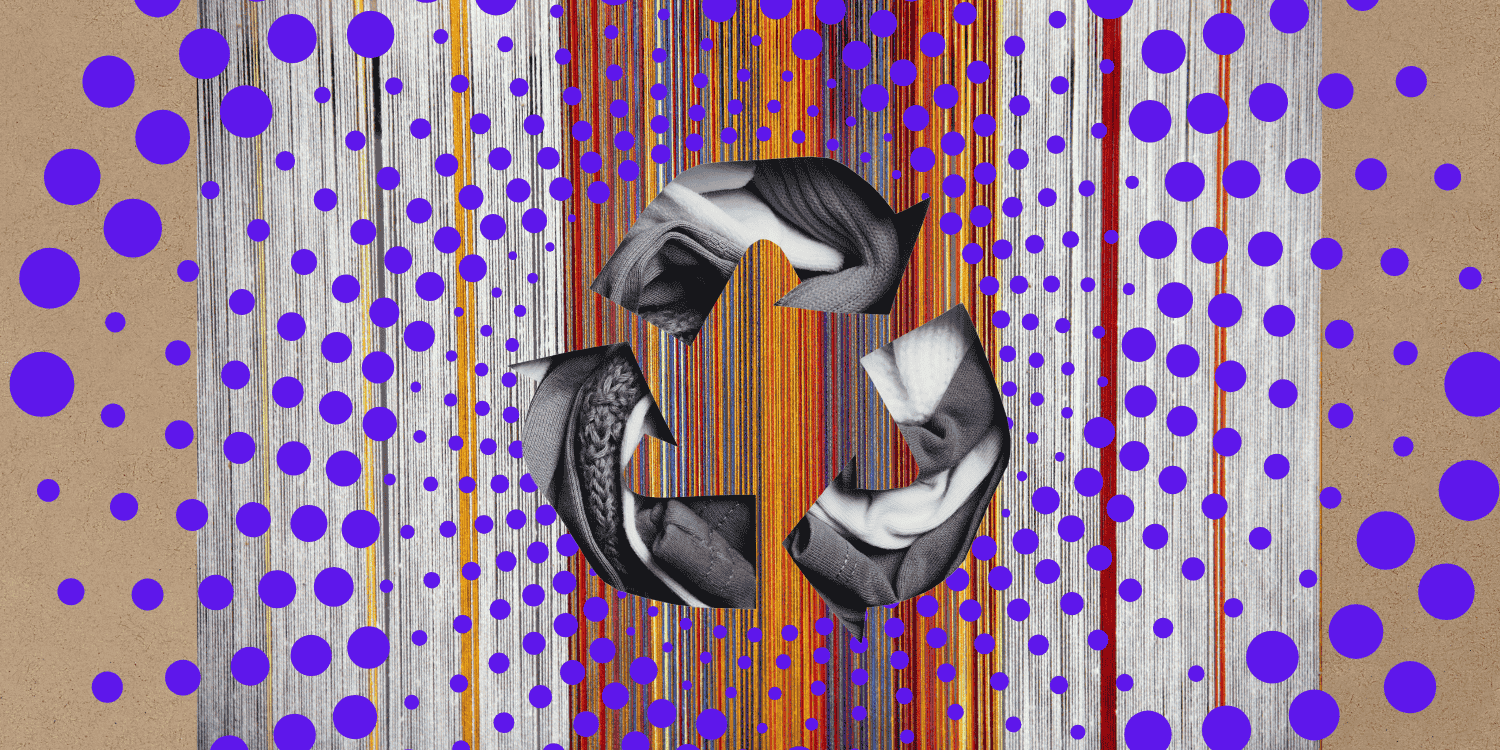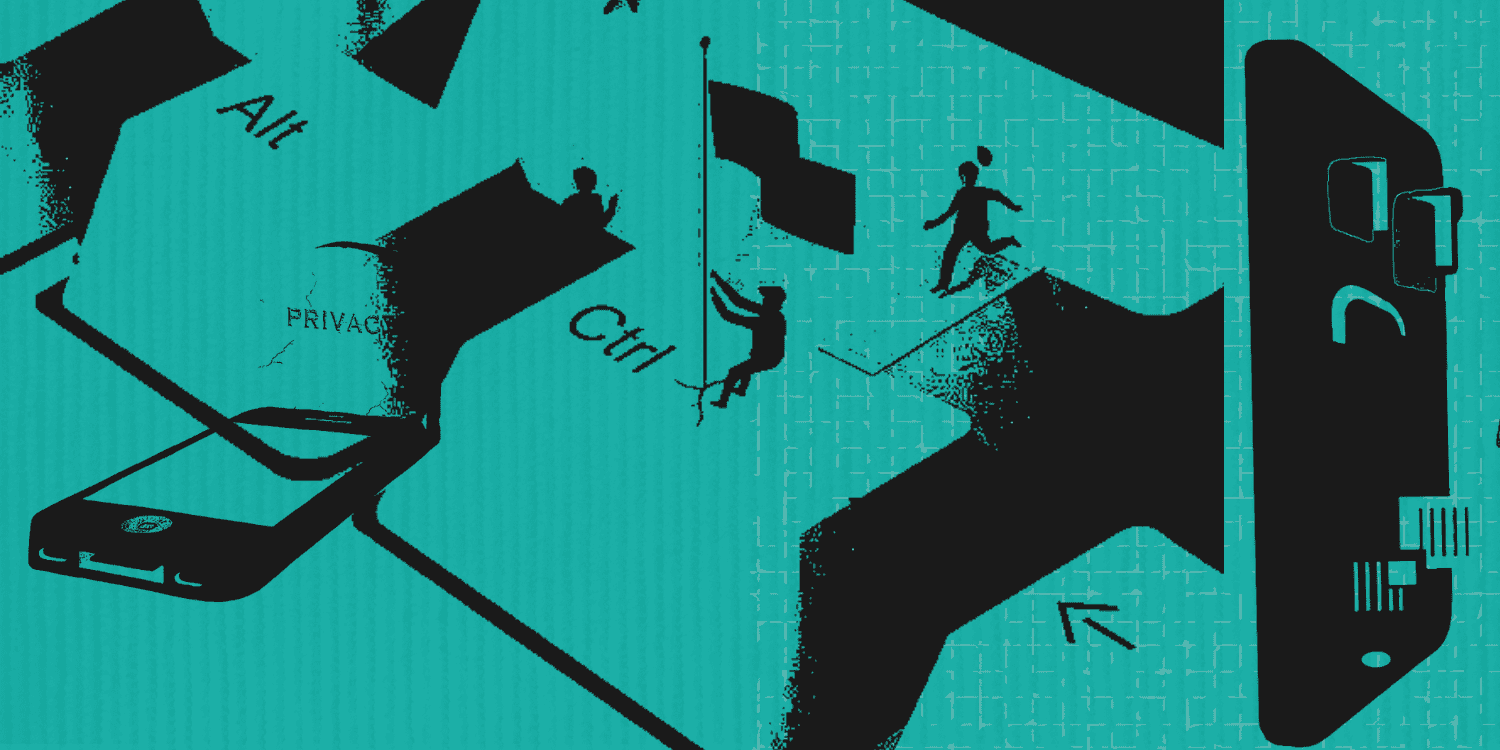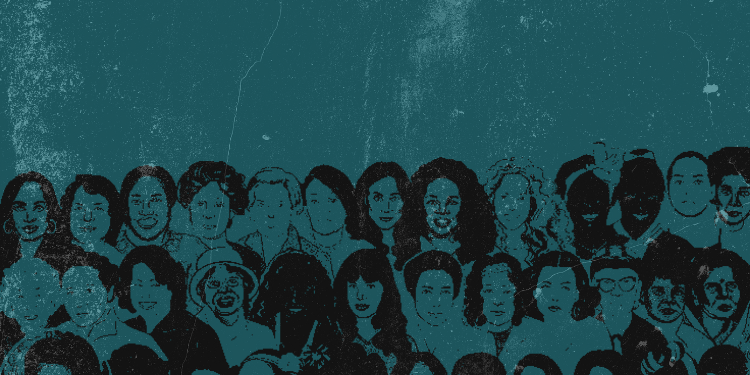Authored by: Neha Simlai, Apurav Maggu
With the results of the recently concluded Lok Sabha elections on the 23rd, India’s 17th Lok Sabha (House of the People), and indeed the next government, will come in with its own challenges, new priorities (national and regional), improved schemes and revised metrics to measure successes and failures.
To the more than 900 million voters, the idea of democracy in India, and its development challenges, has so far relied on election campaigns that range from issues of national security and corruption to development and upliftment; a Guns v/s Butter election narrative has evidently emerged over the last two months of election campaigns.
Most certainly, as the seven-week long process concludes, a combination of election propaganda, party mandates, novel schemes and India’s development agenda will pave the way in addressing the many challenges ahead:
ECONOMIC CHALLENGES
The changing nature of the global economy and jobs
A set of critical economic challenges awaits any new government formed at the Centre[1]. Set against the backdrop of the slowing of the global economy, as well as a protracted trade war between the United States and China, curbing a slowdown of the world’s fastest-growing economy while simultaneously bringing the nation’s financial sector back to health will be the immediate priorities for the next administration.
Furthermore, while the promise of the government in 2014 was to create 20 million jobs every year, 11 million jobs were lost mostly in the unorganised rural sector in 2018 alone[2]. As a result, unemployment remains the top issue for the current elections [3]. While studies show that almost 69% of Indian jobs are vulnerable to automation over the next decade[4], the country also stands to lose 1.97 trillion dollars due to skilling gap. This indicates that India will need to work on revamping its R&D ecosystem and re-skill its labour in order for its next chapter in economic growth[5].
FOREIGN RELATIONS
Continued tensions with Pakistan
The Indian Leadership made headlines in 2014 when the then Pakistani Prime Minister, Nawaz Sharif, decided to attend Prime Minister Narendra Modi’s swearing-in ceremony. In response, the Indian PM stopped in Lahore, Pakistan to restart the negotiation process for peace in the region.
However, intermittent skirmishes and rising tensions in Jammu and Kashmir since 2016, as well as India’s response to terror attacks in Uri and Balakot in the form of airstrikes, have again brought the two nuclear South-Asian powers to an almost asymmetrical war-like situation.
An increasingly assertive China
An assertive China, with muscular revisionism as the basis of its foreign policy, will pose a major threat for India. China has increased its defence spending[6], modernised its military and port-based economic diplomacy in South Asia, and also increased its naval presence in the Indian Ocean Region[7]. This makes it imperative for India to strategically diffuse tensions, while using its agency in the region for diplomatic stewardship. The Doklam standoff, increasing the buildup of military infrastructure in Tibet, and a reluctant push to declare Maulana Azhar [8] as a terrorist, all pose significant challenges to tenuous Sino-Indian relations.
The next government will be tasked with measures to depressurise these, while simultaneously balancing the trade deficit with China [9].
CENTRE-STATE RELATIONS
The distribution of authority across national, state and local governments has remained a key component of nation-state building in India.
However, the tussle between the Centre and the State has continued since the 1960s. With the increasing domination of Centre in recent times, regional political entities have started demanding a greater role in the Centre, and have been making the case for increased political autonomy.
For instance, Telangana Chief Minister, K. Chandrasekhar Rao, suggested that the Centre should do away with the Concurrent List [10]. Similarly, the West Bengal and Odisha Chief Ministers refused to participate in NITI Aayog’s flagship programme on aspirational districts.
Demand for Special Category States (SCS)
Special Category Status States were created for inclusive development in different states, as well as to attract more industries and investment. The SCS category was granted to 11 states, owing to their strategic location, geography and various terrain and topographic challenges.
States like Odisha, Andhra Pradesh, Rajasthan, Goa and Bihar are clamouring to be included as SCS. Bihar, for instance, has been making the case for the SCS tag since it lost its industrial base after the split of Jharkhand from Bihar[11]. Managing the centripetal forces of the Centre against the centrifugal forces of various states will prove to be a major challenge for the incoming government.
CULTURAL FAULT LINES
India v/s Bharat
The debate around the post and precolonial understanding of the country has existed since Independence. This need to be balanced with a shared consensus for a deep sense of respect for culture, religion and diversity, along with a steady growth of the economy and strategic advantage in global relations and trade.
Cultural fault-lines, which have been highlighted with instances of increasing religious and identity-based politics, mob violence and diminution of the autonomy of various institutions such as the Reserve Bank on India (RBI) and various universities, pose a key challenge in a country which has prided itself on unity in diversity.
THE AUTONOMY OF ESTABLISHED INSTITUTIONS
Supreme Court
A key pillar of democracy is the autonomous functioning of the Supreme Court (and through it the judiciary) from the country’s executive. While this autonomy has been subject to public scrutiny from time to time, the last few years have witnessed an increasing trend of judicial activism. Herein, the judiciary has often had to work against the inaction of the executive.
More specifically, judicial appointments and fast-tracking of specific cases have been questioned by the public.
The Judicial reform of the Collegium System
The system of judicial appointments by the judiciary itself is considered opaque. In 2014, during the first session of the 16th Parliament, the National Judicial Appointments Commission Act, through the 99th Amendment to the Constitution, was passed. The Commission would now comprise of representatives from the judiciary, legislature and executive, replacing the collegium system of appointments in which judges appoint other judges, while other organs of the government would have a say in the appointment. While the government did garner support for the law in both the houses of Parliament, the Act was struck down owing to a breach of judicial independence[12].
Reserve Bank of India (RBI)
In turn, the country’s central bank, the Reserve Bank of India (RBI), plays the role of the regulator in the Indian economy. The RBI had earlier received praise for being able to ride out the 2008 Financial crash[13].
With instances like demonetisation, the subsequent change of leadership within the RBI, and the continued issues within the finance sector have raised serious questions about the autonomy of the central bank[14].
The government was seen to be at loggerheads with the RBI over a number of critical issues, including the liquidity crisis which was crippling non-banking finance companies (NBFCs), relaxing the corrective action regime for stressed banks by easing the bankruptcy code compliance, and the easing of the closure of the fiscal gap by drawing from the central bank’s fiscal reserves.
In conclusion, the next five years of governance will prove integral to the India growth story. The real challenge will lie in solving the problem of preceding governments, even as new ones continue to emerge. Systemic issues with the economy, and indeed with the structure of democracy, will need to be addressed, while simultaneously balancing good governance and continued economic growth through infrastructure, investments, and industrial development.
The new government’s first role will be to create an India that is the sort of leader that an authoritarian China may never become, that the fragmented priorities of Europe will not allow it to be and that the inward-looking United States is refusing to be.
ENDNOTES
[1]economictimes.indiatimes.com/articleshow/69406323.cms?utm_source=contentofinterest&utm_medium=text&utm_campaign=cppst
[2]https://www.indiaspend.com/demonetisation-and-the-end-of-ashok-kumars-golden-days/
[3]https://www.indiatoday.in/elections/lok-sabha-2019/story/unemployment-top-concern-for-voters-survey-1486495-2019-03-26
[4]https://timesofindia.indiatimes.com/business/india-business/Automation-a-threat-to-69-jobs-in-India-World-Bank/articleshow/54705307.cms
[5]https://economictimes.indiatimes.com/news/economy/indicators/skill-gap-puts-1-97-trillion-growth-at-risk-in-india-report/articleshow/67416990.cms
[6]https://www.business-standard.com/article/pti-stories/china-hikes-defence-budget-by-7-5-per-cent-to-usd-177-61-billion-119030500095_1.html
[7]https://www.scmp.com/comment/insight-opinion/article/2138327/india-crafts-its-own-string-pearls-rival-chinas-naval-jewels
[8]https://www.bbc.com/news/world-asia-48124693
[9]https://economictimes.indiatimes.com/news/economy/foreign-trade/china-may-have-found-a-way-to-keep-india-in-the-dark-over-trade-deficit/articleshow/68884958.cms
[10]https://economictimes.indiatimes.com/news/politics-and-nation/states-vs-union-dissent-of-restless-regional-leaders/articleshow/67303796.cms
[11]https://timesofindia.indiatimes.com/india/special-status-to-bihar-will-act-as-a-catalyst-nitish-kumar/articleshow/64374100.cms
[12]https://scroll.in/article/908416/the-modi-years-have-the-last-five-years-been-the-most-turbulent-for-the-indian-judiciary
[13]https://www.nytimes.com/2009/06/26/business/global/26reddy.html
[14]https://scroll.in/latest/900385/rbi-governor-urjit-patel-steps-down-citing-personal-reasons




